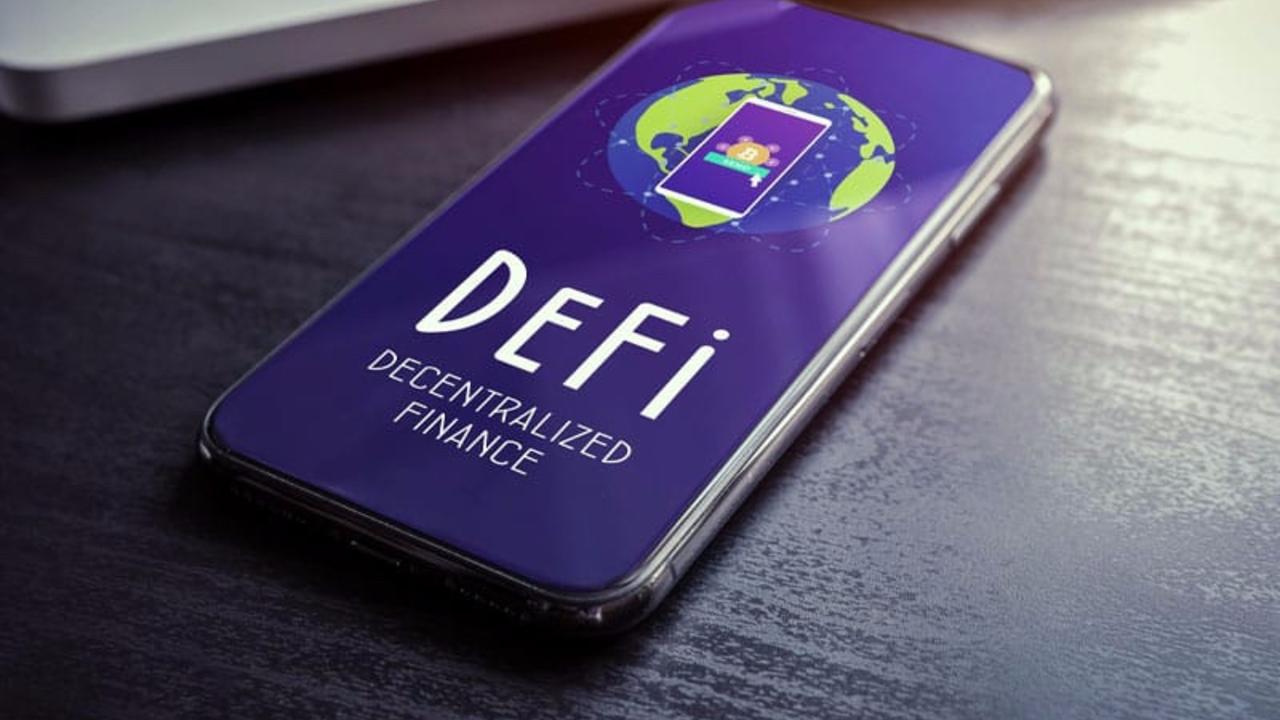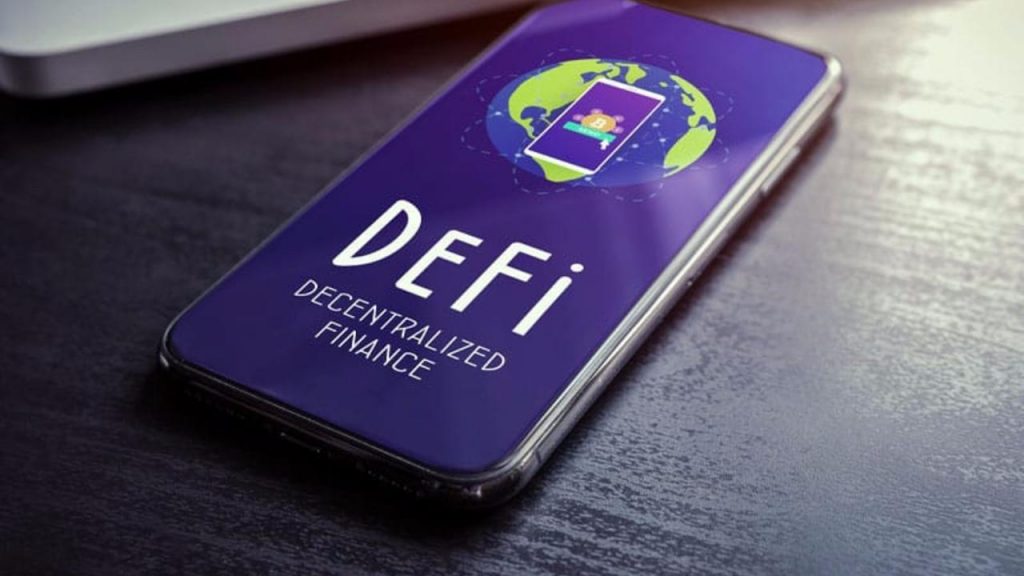
One of the many fields of the economy that is ripe for disruption by the blockchain is the finance field. Virtually every part of the finance industry that traditional finance companies operate in is under threat from the blockchain. Over the last few months, the DeFi space market cap has risen dramatically, and this trend is set to continue over the coming years.
What is DeFi?
First of all, what is DeFi? DeFi stands for decentralized finance and refers to the ecosystem of financial applications built on the blockchain. This can be anything from decentralized exchanges to decentralized lending.
Projects such as Kyber Network (KNC) and 0x (ZRX) enable a decentralized and trustless exchange of tokens. Kyber “is an on-chain liquidity protocol that aggregates liquidity from a wide range of reserves, powering instant and secure token exchange in any decentralized application”. Their protocol can then be integrated into other applications such as websites or cryptocurrency wallets.
Some examples of popular wallets and websites powered by Kyber include Kyber Swap, MEW (MyEtherWallet), imToken, Easwap and the DigiFox wallet launched by Nicholas Merten from DataDash. During the previous bull market KNC got up to a market capitalisation of over US$700 million and then slumped to under US$20 million during the bear market, but in the last month has almost tripled its market capitalisation to over US$300 million.
Another large project which enables decentralized and trustless exchange of tokens is 0x (ZRX). In the previous bull market, the market capitalization of ZRX got to over US$1 billion. It then went to under US$100 million several times, but with the DeFi market getting hot now, the market capitalization has increased to over US$250 million.
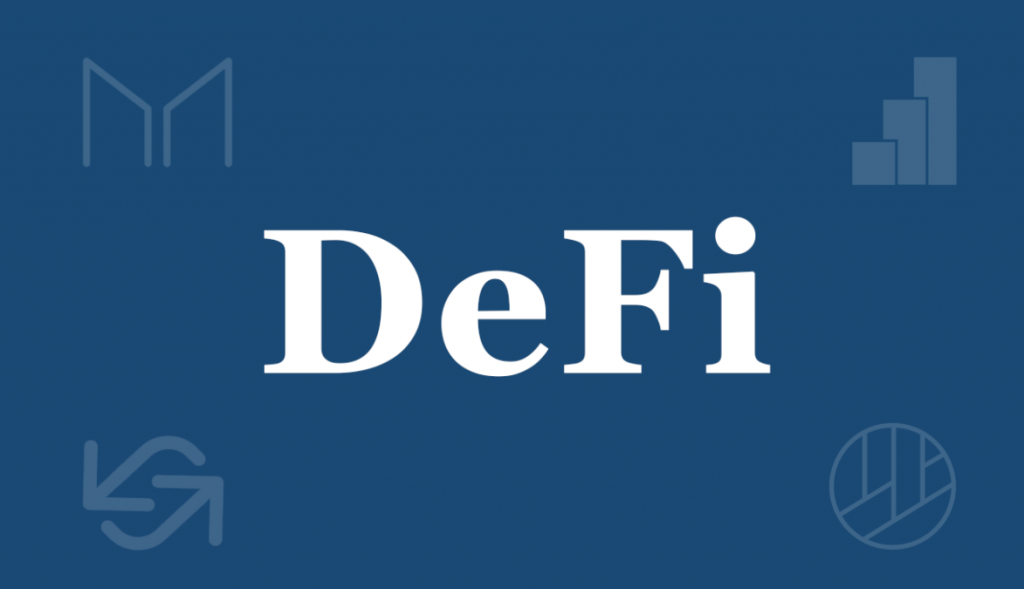
Decentralized Exchanges
These decentralized exchanges (DEXs) offer a more secure way to transact than through a standard decentralized exchange like Binance or Bittrex as they do not have hot wallets that can be hacked. No one, other than the owner of these tokens, can do anything to those tokens (such as perform an exit scam as we have seen happen on a few centralized exchanges). However, at this stage, decentralized exchanges typically do not offer the high standard of UX that centralized exchanges do, but this is changing fast.
Not wanting to miss out on this trend and realizing that the centralized model of exchanges could soon go the way of the dodo, Binance launched its own decentralized exchange in 2019, powered by their native BNB token.
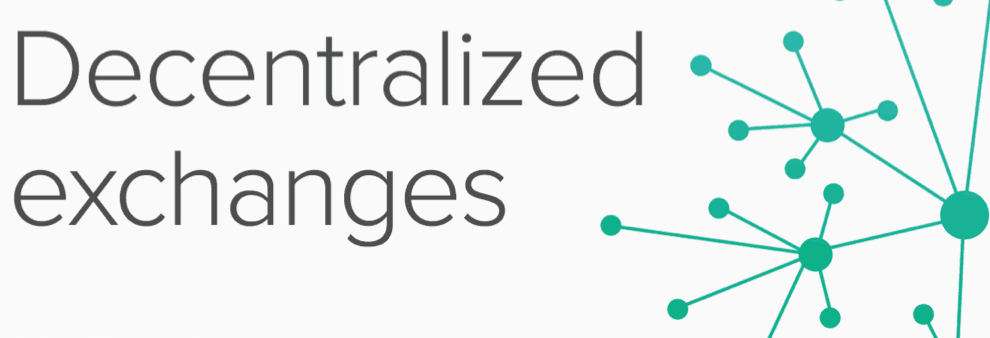
Decentralized Lending
Another exciting DeFi area is that of decentralized lending. In the traditional world of finance, a person deposits money in a bank and then lends money to other people. The bank makes a profit by paying the depositor much less than they charge the borrower. Not only that but in most countries in the world, there is a system called fractional reserve banking in place.
What is fractional reserve banking? In a nutshell, for each dollar that gets deposited with a bank, that bank can then print more dollars out of thin air, and then lend the dollar that was deposited with them invest the as well as the dollars they printed out of thin air (recent law changes in the US allow US banks to also invest this money in high-risk assets).
This system of fractional reserve banking has led to severe problems of stability in the past, such as the “bail-in” that occurred in Cyprus in 2013, where bank depositors lost up to 10% of their savings to rescue the banks. Almost all western countries currently have “bail-in” laws that will be activated when banks in their country are insolvent.
Since banks lend out much more money than is deposited with them, becoming insolvent is more likely than if they could only lend out what was deposited with them. The IMF has been pushing for all countries to create laws that make “bail-in” possible. Australia recently passed “bail-in” laws with almost no media attention, except by some independent financial commentators.

The IMF
There are various forms of DeFi lending, from centralized versions through to fully decentralized versions. These forms of DeFi lending allow people or businesses to deposit and borrow numerous types of cryptocurrency, such as Bitcoin, Ethereum, and stablecoins.
DeFi Lending vs Traditional Borrowing
The spread between what borrowers pay and what lenders receive is much lower than what traditional financial companies take, and the ability to earn interest on your cryptocurrency makes this an attractive proposition. With most banks in the western world paying savers under 1% interest and in some countries charging savers to deposit money in the bank (such as in Germany), the prospect of earning up to, and sometimes in excess of 10% is very attractive. Decentralized money markets are also a very interesting field opening up.
An example of a centralized DeFi lender is Celsius (CEL). They allow you to “earn interest on your crypto and instantly borrow against it” and have no fees. You can earn interest that is paid in stable coins or cryptocurrency with interest rates depending upon what you want your interest paid in. They have US$8.2 billion in loan origination, US$705 million in assets, and over 124,000 active wallets.
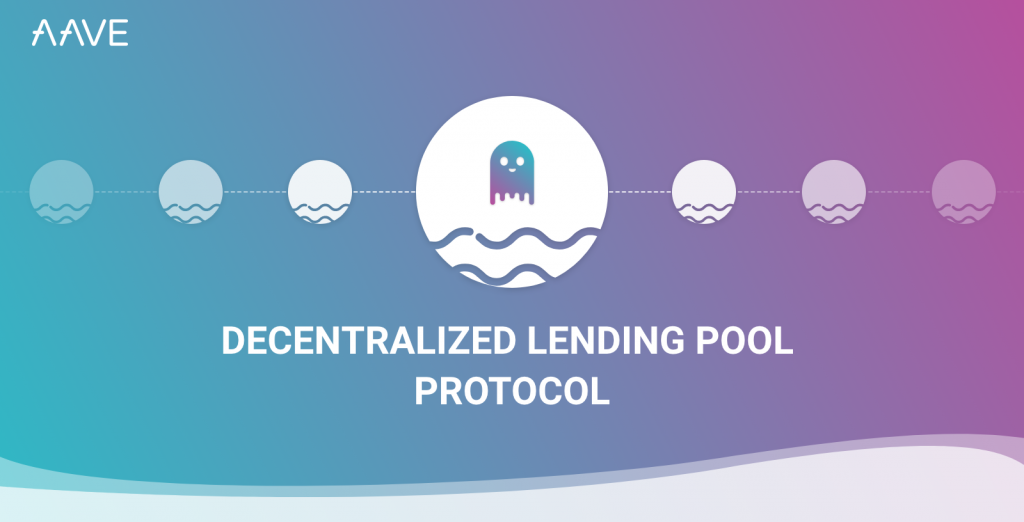
Aave
There are numerous decentralized versions of lending such as Aave (LEND), which “is an open-source and non-custodial protocol enabling the creation of money markets. Users can earn interest on deposits and borrow assets”. Last year Aave got down to a market cap of under US$4 million, but as of the time of writing is now US$190 million. Then there are decentralised lending solutions such as Maker (MKR) that allow you to borrow against the value of your cryptocurrency by locking up your cryptocurrency collateral in a smart contract which then enables you to mint DAI (a stable coin).
The FTX DeFi Index
Recognizing the potential and popularity of the DeFi space, the FTX exchange has created a DEFI index. This index comprises KNC, LEND, MKR, KAVA, ZRX, LRC, REN, REP, BNT, SNX, and COMP. They have futures and tokens to trade on this index. The tokens are DEFIBULL/USD, DEFIBULL/USDT, DEFIBEAR/USD, DEFIBEAR/USDT, DEFIHALF/USD, and DEFIHALF/USDT.
To give you an idea of how hot DeFi is at the moment, the recently released COMP token, at the time of writing, is currently ranked number 28 on CoinMarketCap with a market capitalization of US$460 million. Compound is an Ethereum-based protocol that enables people to borrow cryptocurrencies without relying on third parties. Compound has not gone the traditional path to distribute their COMP token.
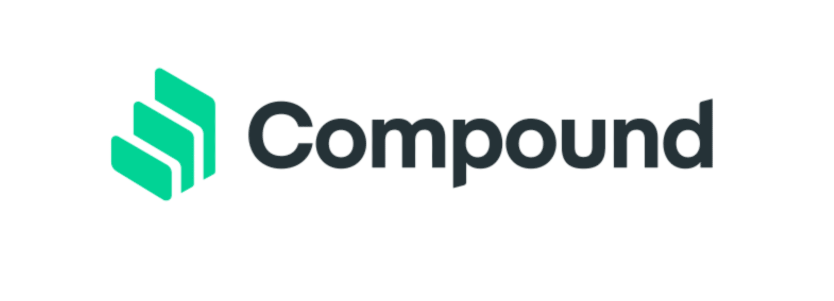
Since the middle of June, they have been distributing the COMP token with half of the tokens going to borrowers and half going to lenders. This will continue for four years, and by the end of this time, they will have distributed 4,229,949 COMP, which is 42.3% of the total COMP supply.
This idea of distributing tokens to users who provide liquidity to the market of that project seems to be catching on with several other projects deciding to go down this same route.
The COMP token managed to get listed on two of the largest exchanges, Binance and Coinbase, within a very short period. It is also already integrated with some reputable institutional players such as BitGo, Fireblocks, and Coinbase Custody.
Ethereum DeFi
An important thing to point out is that the vast majority of the DeFi space is being developed in the Ethereum ecosystem. Of the projects mentioned above, Kyber (KNC), Aave (LEND), Compound (COMP) Celsius (CEL), and 0x (ZRX) are all ERC20 tokens, which means they are part of the Ethereum ecosystem.
Since the majority of the DeFi space is being developed on Ethereum, it would be safe to assume that over time, as DeFi becomes larger and larger, that the market capitalization of Ethereum would be expected to increase significantly as well. The market capitalization of Ethereum went above US$120 billion in the previous bull market and is currently US$25 billion. DeFi is just one of the many market segments in which Ethereum has a significant lead over its competitors.
Ethereum 2.0 DeFi
However, it has to be said that the dominance of Ethereum in the DeFi space is far from guaranteed, as, at the moment, it would not be possible to scale the DeFi space to billions of users due to the transaction fees on Ethereum.
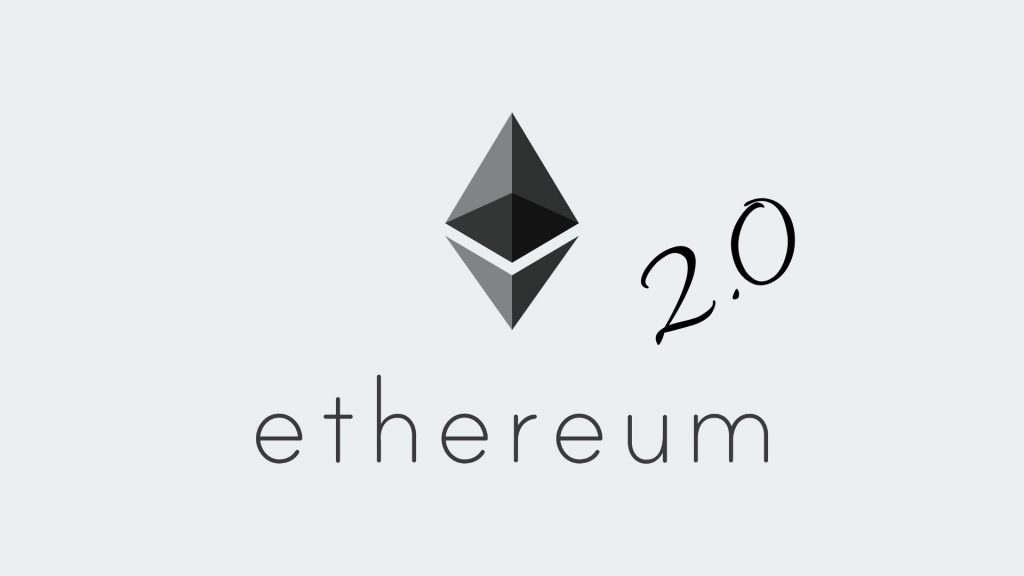
Ethereum 2.0 will need to be fully successfully implemented for this to happen, and there are many goals on the roadmap that need to be achieved. There is the potential for off-chain scaling solutions for Ethereum to help enable the DeFi space to scale, and there are numerous projects trying to do that, such as the OMG Network (OMG) and the Raiden Network (RDN).
As the DeFi space rapidly evolves and offers consumers ever-increasing options, and with economic conditions now and in the foreseeable future making DeFi an attractive alternative to traditional finance, you can be sure that the DeFi space has a lot further to grow.
We are just at the beginning stages of the DeFi boom. Over the next few years, it seems likely that DeFi will continue to take market share away from the traditional financial companies for those investors fortunate enough to have picked the successful DeFi projects to invest in, there could be eye-watering returns. The go-to blockchain education platform Ivan on Tech Academy offers two successful DeFi courses, both a DeFi beginner’s course and an advanced DeFi course.
